It can be fun to breed your own zinnias - Part 40
7 years ago
Featured Answer
Sort by:Oldest
Comments (109)
- 7 years ago
- 7 years ago
Related Discussions
It can be fun to breed your own zinnias - Part 30
Comments (131)Hi Heather, " I like that first flower more than the second, its more scruffy-lookin, like hair that's cutely messy as opposed to straightened and boringly perfect. " It is my choice too, for the same reason that you expressed. One of the things that I dislike about many commercial zinnias is that their petals lie so close together, like shingles on a roof. It just looks too formal, and the closely lying petals provide a hiding place for bad insects, like aphids or thrips. I am also going for new zinnia flower forms, like this "Razzle Dazzle" type. That is one of my currently blooming indoor specimens, and it is about 20% larger than my previous specimens of that type. They still need much more size increase, and I am working toward that goal. " How long can zinnia seedlings stay in little pots (they have a cross sectional area about the size of my palm) until they need to be put somewhere more permanent? " They can stay in little pots up until blooming time, but that is not good for them. As soon as they become root-bound, they need to be repotted. If you have clear pots like I use, you can see the roots start to crowd the side of the pot. If your pot is opaque, you can use this criterion: In the open ground a zinnias root system is at least as extensive as its top development. So if the visible part of your zinnia plant is significantly larger than the pot, it will appreciate being repotted. " And can zinnias grow in mild winter? Is it just frost that kills them, or would the lack of sunlight and cooler temperatures spell disaster? " It is not just frost that kills zinnias in the Fall. Cooler temperatures and shorter days cause zinnias to lose their vigor and become susceptible to Powdery Mildew and other foliage diseases. Sometimes disease effectively kills them before a frost. I spray my high value breeders with a systemic fungicide in the Fall, but just allow the others to succumb. After I harvest their green seeds or brown seeds I just pull up the plant and send it to the landfill. I don't compost zinnias, because that seems to spread disease. " I'm wondering whether I should stick these in the garden or take them indoors. Although, now that I think about it, zinnias do grow quickly so I might actually be done with them before winter even comes. " Yes. Wait and see. However, bringing a zinnia indoors from outdoors runs the risk of bringing one or more pests indoors with it, where in the absence of natural enemies, their population can explode. Good luck. And pictures are welcome. ZM...See MoreIt can be fun to breed your own zinnias - Part 31
Comments (123)Hi Bob, " But the reason for my coming aboard is this. I wonder if any of you have any seeds of these unusual types that I could purchase. " I think that many of my "breeder" zinnias do go beyond what you can buy commercially. And I think that some gardeners would enjoy growing some of these "new look" zinnias. However, I think that the best way to make these new strains available to gardeners in general would be for some seed company to acquire some of my selected seed stocks, increase their quantities in commercial fields, and offer them commercially. There is past precedent for following that path. If some seed company were to contact me about acquiring some of my seed stocks, they probably would want to have an exclusive on any strain or strains that they might acquire, and they wouldn't want to hear that I had already been selling or otherwise distributing them. So, much as I would like to share some of my new zinnias, I think the best way to do that would be through a commercial release by an existing seed company. However, none of my new zinnias are in stabilized strains yet, and I don't anticipate that will happen in the near future. I am still crossing and recombining genetic factors to see what new things can come out of that. I am creating new zinnias for the fun of it. Actually, I am not creating new zinnias, I am coaxing the zinnias to show me new things they can do. I have said it before, zinnias are full of surprises. But I am not sharing or trading or selling zinnia seeds, because I hope to develop seed stocks that would be suitable for acquisition by a seed company. And I very much enjoy the process of working toward that goal. However, my primary goal is still to have fun breeding my own zinnias. And to help other gardeners experience the fun of developing their own new zinnias. " I've done the 'scabiosa' for about 5 years now and have a strain that produces a lot of those types. " We would love to see pictures and/or descriptions of some of your scabiosa types. If you can, post pictures of them. " But I love some the other unusual ones as well. " As I have suggested to others, the Whirligig strain of zinnias contains a lot of new genetic factors, because it was derived from an interspecific zinnia cross. I think that Whirligigs from Stokes Seeds are the "secret sauce" in some of my new zinnias. You are already familiar with the power of numbers in plant breeding. 11,000 daylilies is a lot of plants. So, if you can apply that same numbers principle to zinnias, you can enjoy some real "zinnia surprises". Welcome aboard, Bob. ZM...See MoreIt can be fun to breed your own zinnias - Part 39
Comments (110)I can see there's a lot I've missed. Lizzie - our feral cats are not too crazy about walking across the pea gravel we have down in the patio. You could try a perimeter of that as a deterrent. But if you have aggressive grass, you'll definitely want to put down landscape cloth underneath it. I've also seen, though never tried, plastic forks buried with the tines up in areas to protect small seedlings. Once the plants have grown (and presumably the cats have learned to avoid the area), you can pull the forks out for the sake of aesthetics. BTW - I totally hate you for living where you can be outside planting (just kidding). It is 20-something freakin' degrees here outside right now, and I am not pleased. Thought we and the cats had made it through the winter already, but now I see more days of nasty severe cold ahead on the weather map. :( Good news is I have some things germinated and growing under lights after having done their several week stint in the fridge. Mostly perennials - echinacea and a few others, but I see two of the daturas I took a chance on saving seed from (a Raspberry Swirl) have germinated this morning - woo hoo! Will be interested to see whether they retain any of the "raspberry fanciness" or if they will revert to a more sedate white. I might prefer something in between to tell the truth - the double swirl didn't quite pull off the promised "look", though the coloring was nice. Will very shortly be starting the bulk of my other seeds under lights, except for the zinnias and tomatoes, which typically I start a couple of weeks later. Will not be doing veggies this year except for tomatoes and green beans (and garlic, which is already out there from the fall planting.) Will concentrate on flowers, specifically those things which I am growing for the patio garden, and the various things I made crosses from last year - the zinnias, daylilies, pansies, petunias and some papaver somniferums. Those last 4 were not done with any great care - just curious, now that ZM has caused me to be bitten by the hybridizing bug. Won't be growing the z. marylandicas this year. They were pretty, but just didn't excite me the way the taller z. elegans do. And I may restrict which of my zinnia strains I plant this season. As the seeds stay viable for more than a few years, I can always go back later if I want to pursue something different. Will definitely plant my "lotus" hybrids, the crosses with the one white I had, some yellows and a couple of the dahlia-types. Once again, there will be some much to do this year; I think I need to pick and choose since I can't do it all. One other thing I really feel necessary to comment on. Lizzie, one should never, ever allow cats to play with scissors. For one thing, they are notoriously irresponsible with their tools. They leave them lying about; they bat them under sofas, drop them in water and food dishes. And, really, scissors are totally superfluous anyway. Cats are perfectly capable with tooth and claw of shredding, well - just about anything: paper, cardboard boxes, small mammals, hands, legs, other cats. Just thought I'd mention it. - Alex...See MoreIt can be fun to breed your own zinnias - Part 45
Comments (108)Hi Alex, " So, were you able to see how many votes you got on other stuff you entered, or just on the ones that won? And do we only pick one photo out of each category, or just one photo period? " Chuckle. I had forgotten all about that photo contest. I'm way too busy this year to enter. We are all in the "pre-Thanksgiving mode" here. And I hope to stay un-involved with "Black Friday." No clue on seeing the vote counts. I think you can enter a photo in each category. Good luck. You have taken a bunch of good photos, so I will be "rooting" for you. I'm not sure about that wording. But you get the idea -- I am on your side. More later. Namaste. ZM...See More- 7 years ago
- 7 years agolast modified: 7 years ago
- 7 years agolast modified: 7 years ago
- 7 years ago
- 7 years ago
- 7 years ago
- 7 years agolast modified: 7 years ago
- 7 years ago
- 7 years ago
- 7 years ago
- 7 years ago
- 7 years ago
- 7 years ago
- 7 years ago
- 7 years agolast modified: 7 years ago
- 7 years ago
- 7 years ago
- 7 years agolast modified: 7 years ago
- 7 years agolast modified: 7 years ago
- 7 years ago
- 7 years ago
- 7 years agolast modified: 7 years ago
- 7 years ago
- 7 years ago
- 7 years ago
- 7 years ago
- 7 years ago
- 7 years ago
- 7 years ago
- 7 years ago
- 7 years ago
- 7 years agolast modified: 7 years ago
- 7 years ago
- 7 years ago
- 7 years ago
- 7 years ago
- 7 years ago
- 7 years ago
- 7 years ago
- 7 years agolast modified: 7 years ago
- 7 years ago
- 7 years ago
- 7 years ago
- 7 years agolast modified: 7 years ago
- 7 years ago
- 7 years ago
- 7 years ago
- 7 years ago
Related Stories
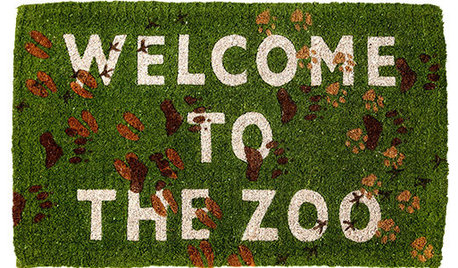
40 Fun Gifts for Your Pet-Loving Friends
Houzz Gift Guide: 40 New Ways to Love Dogs, Cats and Birds in Style
Full Story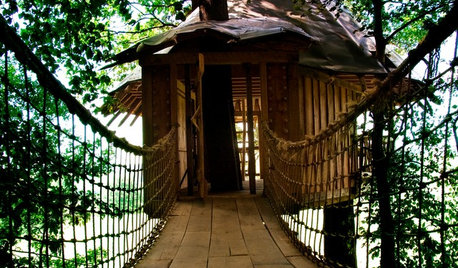
OUTBUILDINGS12 Fun Backyard Forts Grown-Ups Can Love, Too
Kids might use them for secret meetings, but the word is out on these tree houses and playhouses that consider adult design tastes
Full Story
EDIBLE GARDENSHow to Grow Your Own European and Asian Pears
Try these trees for their good looks, delicious fruit and wide range of sizes — plus you can espalier them
Full Story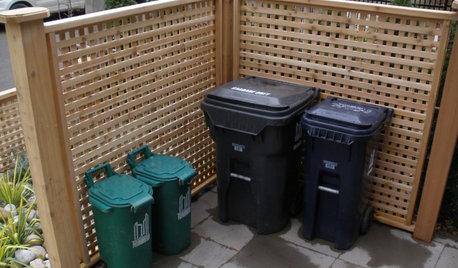
THE POLITE HOUSEThe Polite House: What Can I Do About My Neighbors’ Trash Cans?
If you’re tired of staring at unsightly garbage way before pickup day, it’s time to have some tough conversations
Full Story
PETSWhat Chihuahuas Can Teach Us About Interior Design
Who knew these tiny dogs could be such a huge fount of design tips? Houzzers did
Full Story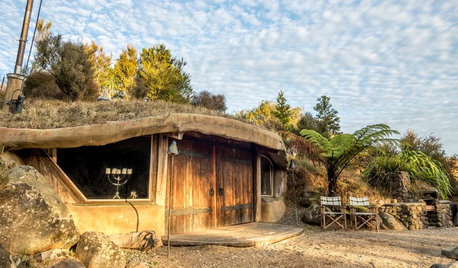
FUN HOUZZWe Can Dream: Hobbit Houses to Rule Them All
Escape the real world and explore your Middle-earth fantasies
Full Story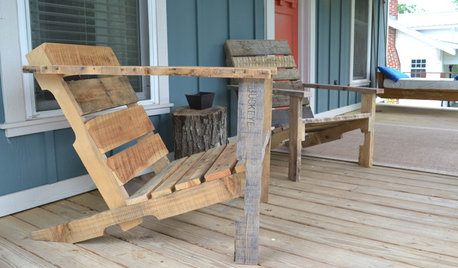
WOODWORKINGBuild Your Own Wooden Deck Chair From a Pallet — for $10!
Take the ecofriendly high road with a low-cost outdoor chair you make yourself
Full Story
PETS5 Finishes Pets and Kids Can’t Destroy — and 5 to Avoid
Save your sanity and your decorating budget by choosing materials and surfaces that can stand up to abuse
Full Story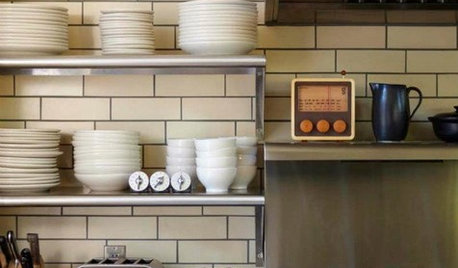
KITCHEN DESIGNCreate Your Own Checklist for a Well-Stocked Kitchen
Personalize the kitchen with your own must-haves from our list of top cooking tools, small appliances, pots, pans and more
Full Story
KITCHEN STORAGEPartly Open Shelving: The Case for Doorless Cabinets
Build in some display areas, create a colorful design feature and make better use of awkward spaces with open shelves
Full Story


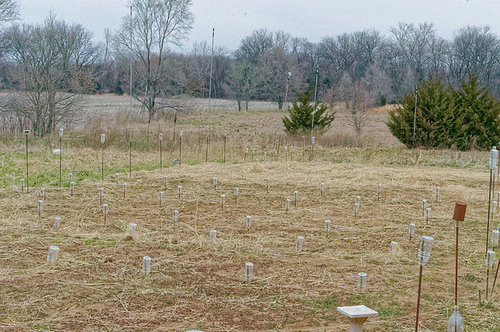
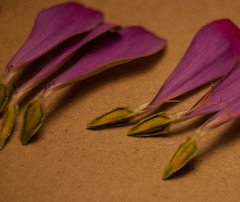
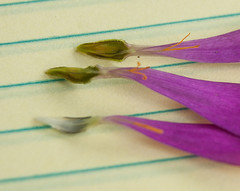
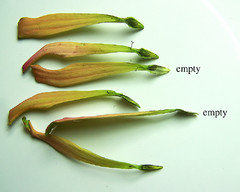
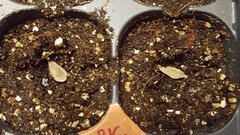
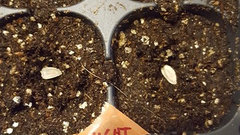
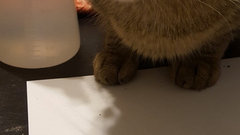
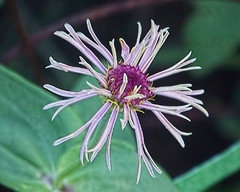
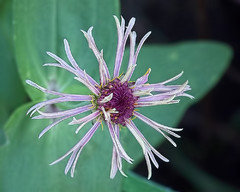
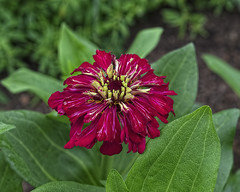
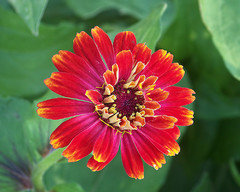
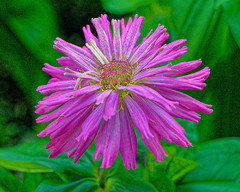
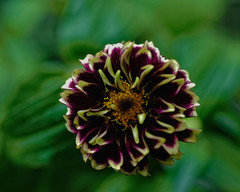
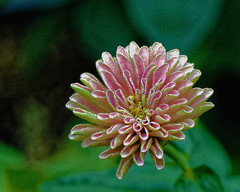
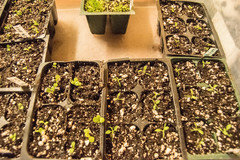
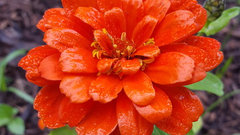
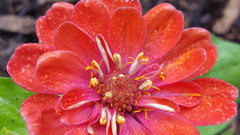
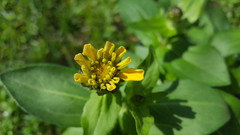
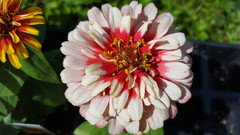
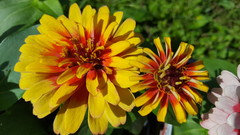
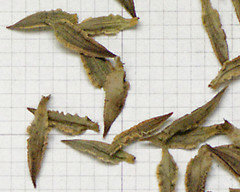
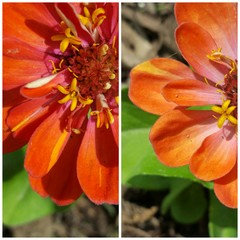
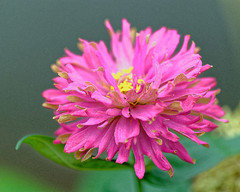
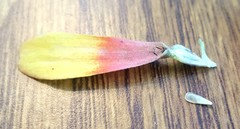
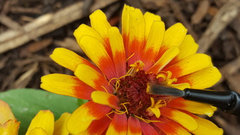
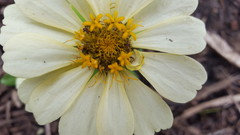
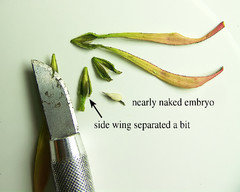
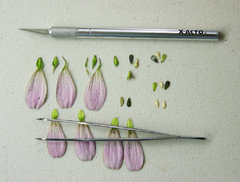
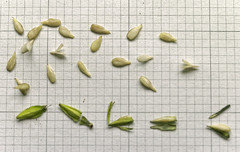
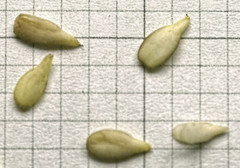
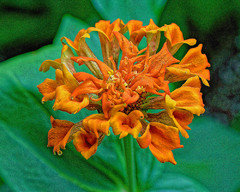
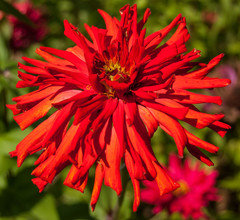
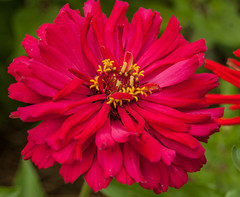
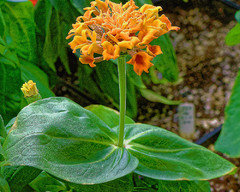
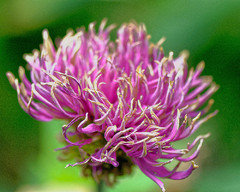
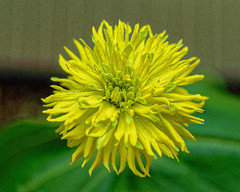
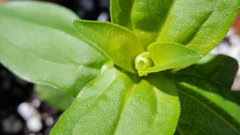
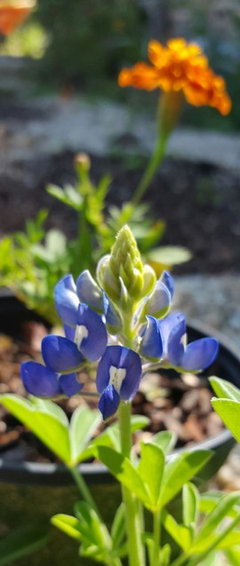
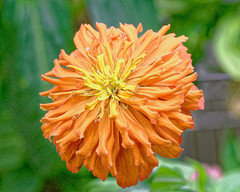
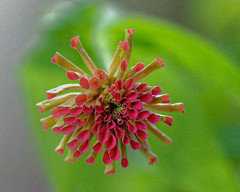
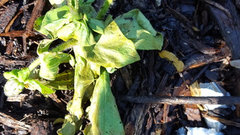
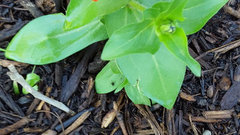
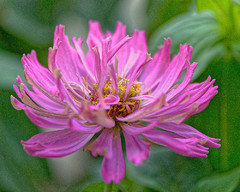
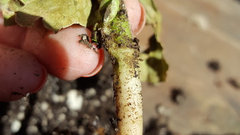
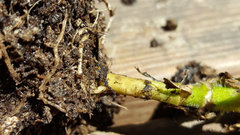
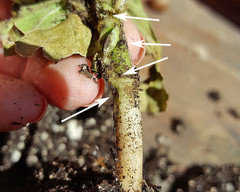
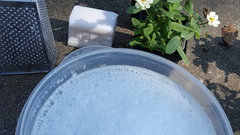
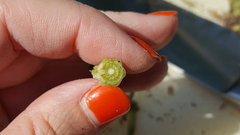

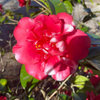
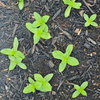
zen_manOriginal Author